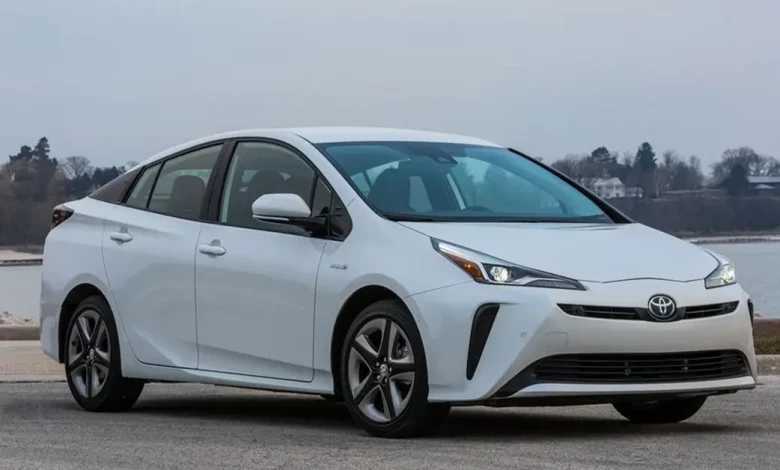
Context: India has been prioritising the shift to electric vehicles (EVs) as part of its efforts to reduce carbon emissions. However, a recent study by HSBC proposes that hybrid vehicles might be a more suitable short-term solution for India’s present requirements.
Hybrid Vehicle:
- Hybrid vehicles are cars that combine an electric motor and a gasoline engine to power the car.
- They can capture energy through regenerative braking and the electric motor and gasoline engine can work together or separately depending on the driving conditions.
- Hybrid vehicles produce lower emissions than traditional vehicles, but they are not completely emission-free.
- There are different types of hybrid vehicles including mild hybrids, full hybrids, and plug-in hybrids.
- Mild hybrids have less powerful electric motors that cannot solely power the vehicle.
- Full hybrids have both a gasoline engine and a more powerful electric motor that can handle a significant workload.
- Plug-in hybrids have a larger battery pack that can be charged externally and can run on electricity alone for a certain distance before needing the gasoline engine.
Benefits of electric vehicles compared to hybrid vehicles:
- However, between electric vehicles (EVs) and hybrid vehicles in India, there are quite a lot of advantages for EVs.
- Secondly, EVs do not give out any emissions at all unlike other vehicles which produce harmful gas that is emitted into the air.
- It contributes to the reduction of dependence on fossil fuels and the minimization of measures due to ozone-depleting substances in accordance with the UNFCCC strategy, which encourages elimination protocols coal and replacement by clean energy.
- Moreover, the introduction of EVs in India contributes to global goals on reaching (net) zero GHG emissions achieved through reduction of fossil fuel-associated emissions as well as by ensuring sustainable mobility and enabling a smooth changeover to clean energy.
- EV-s too resort to regenerative braking as a means of charging the batteries, thus extending their range and lowering energy consumption.
- EVs are quieter than hybrid vehicles, making a positive impact on the process of noise level reduction.
Obstacles to the widespread adoption of electric vehicles:
- As far as India is concerned, the problem of transitioning to EVs is not easy at all for such a country is ridden with numerous hurdles.
- All of these problems include every aspect of the issues, including the need fer financial subsidies at the beginning and that there is no solid charging network then there is also an issue to reflect on where electricity comes from.
- Several studies carried out in countries, such as Norway, the US and China have revealed that introduction of a country wide electric vehicle campaign has entirely depended upon government subsidy.
- In addition, the absence of a developed charging structure constitutes another relevant roadblock to wider EV adoption.
- That the limited number of public charging stations in India poses a great hindrance to EV adoption while emphasis should be placed on how federal authorities can build upon existing refuelling infrastructure for traditional vehicles as dual use for hybrid fuel station.
- Additionally, the major problem is the whole cost of an electric vehicle because they initially make one of the most tremendous costs in contrast with mechanical vehicles and even half breed cars.
Conclusion:
The transition to electric vehicles is important for India’s efforts to reduce carbon emissions, but current data suggests that hybrid vehicles may be a more practical and less polluting solution in the short to medium term. Embracing hybrid vehicles for the next 7-10 years could be a more feasible and sustainable approach as India works towards eventual electrification.
Source: Indian Express





.png)



